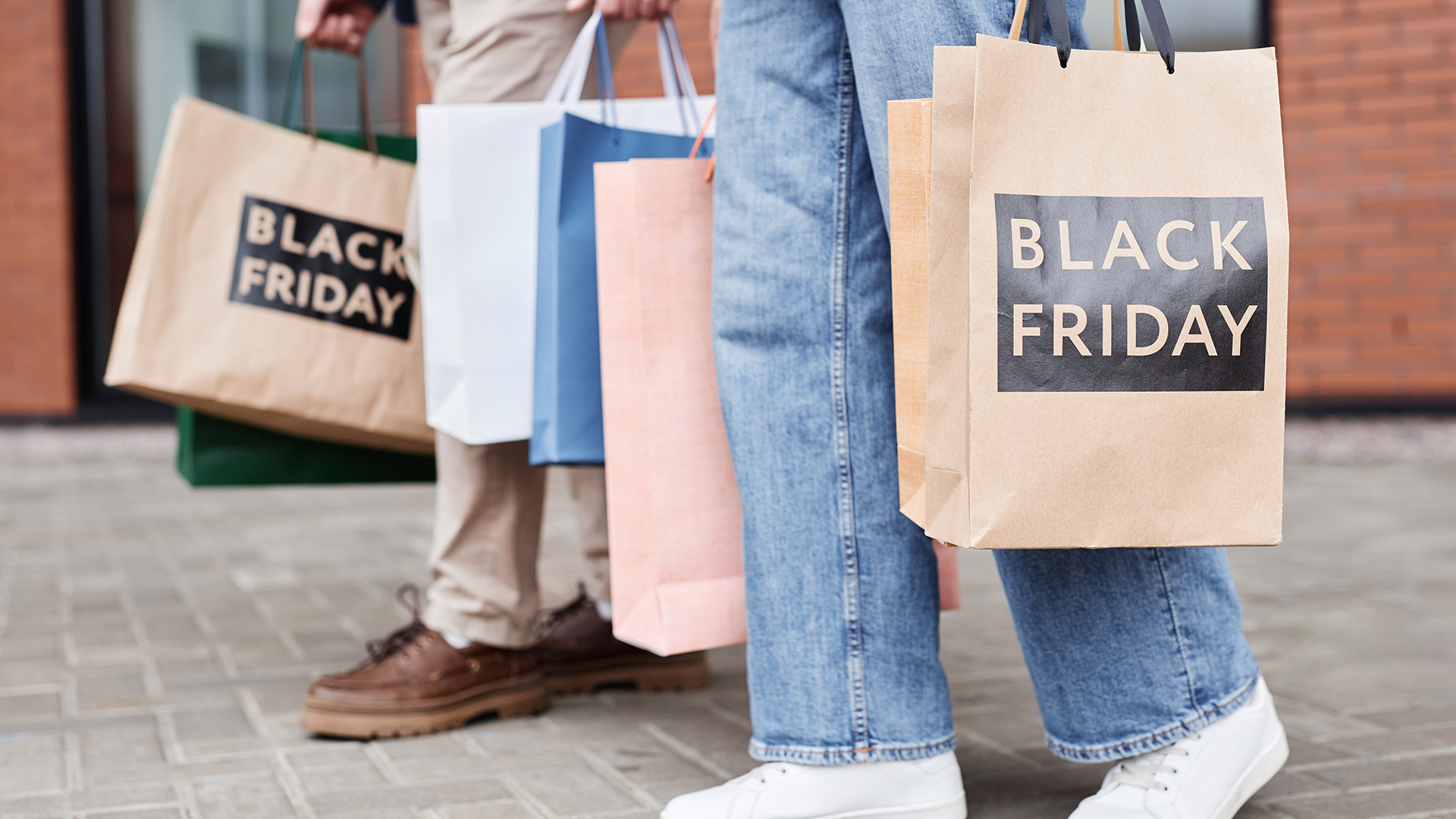Now, this will puzzle the Reserve Bank and all those 'rate rise looms' urgents still breathing in the markets and among the commentariat – as expected, retail sales in December fell after the Black Friday sales event boost in November. However, November was, in turn, weaker than first reported a month ago by the Australian Bureau of Statistics (ABS).
It was a repeat of the experience last year when, freed from the remaining pandemic restrictions, retailers went hard on a Black Friday sales event to try and drag shoppers back to their stores – that worked but at the expense of sales in the normally strong run-up to Christmas and then the usually solid sales over the New Year.
In fact, it took retail sales volumes and dollar values months – in fact, most of 2023 – to return to the levels of November 2022 as inflation, high-interest rates, and weak incomes put a lid on spending, especially on discretionary items.
And when retail sales grew 2% in November this year, analysts wondered if there would be a drag forward and December would see a slide.
It did, with the ABS reporting December sales slid 2.7%, while the 2% rate in November was revised down to a 1.6% growth rate, which is a big revision either way.
The ABS explained the change, saying, "Revisions to seasonally adjusted data are larger than usual this month, reflecting improvements in the data as the evolving seasonal pattern becomes clearer."
Retail turnover fell across the country, with large falls in all states and territories, the majority down by more than 2.0%, according to the ABS.
Ben Dorber, ABS head of retail statistics, said in commentary that: "The large fall in retail turnover in December was caused by a fall in discretionary spending. Consumers brought forward some of their usual December spending to November to take advantage of Black Friday sales.
“This shift in spending from December to November reflects the growing popularity of Black Friday sales and the impact of cost-of-living pressures, with consumers seeking out bargains and taking advantage of discounts in November.
“While there was a large seasonally adjusted fall in December, retail turnover rose 0.1 per cent in trend terms. This shows that underlying retail spending remains subdued when we look through the volatile movements over recent months in the lead-up to Christmas.”
The ABS said that turnover fell in all the non-food industries that had been boosted by Black Friday sales in November.
Household goods retailing saw an 8.5% drop and had the largest fall, following the largest rise in November.
The next biggest drops were in department stores (down 8.1%), clothing footwear and personal accessory retailing (down 5.7%), and other retailing (down 1.1%).
“Retailers told us that trading conditions were slow in early December following the success of Black Friday before picking up again in the lead-up to Christmas and Boxing Day sales where discounting activity returned,” Mr. Dorber said.
For food-related industries, turnover fell in cafes, restaurants and takeaway food services (-1.1%), while food retailing (0.1%) was the only industry to rise.














